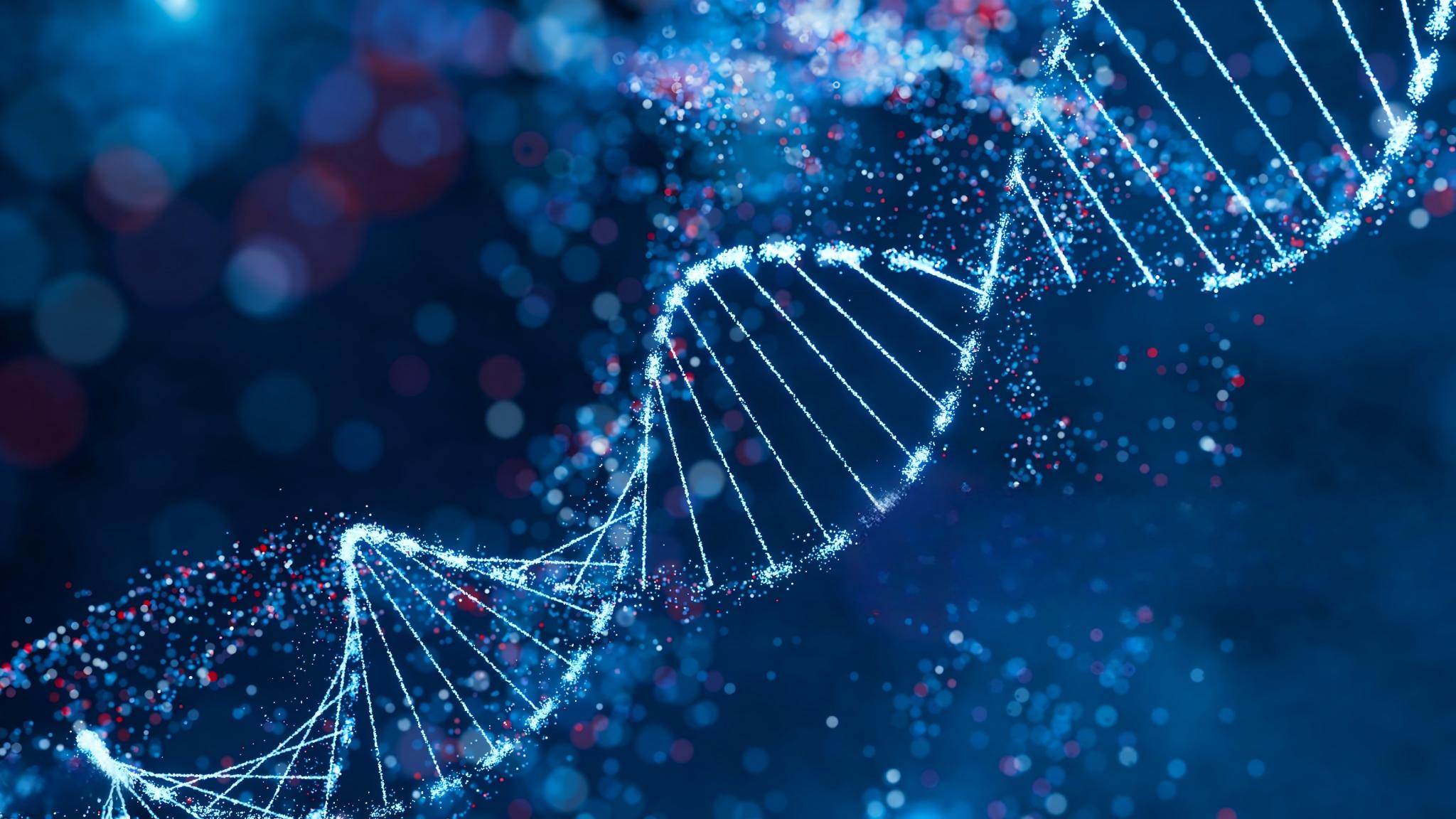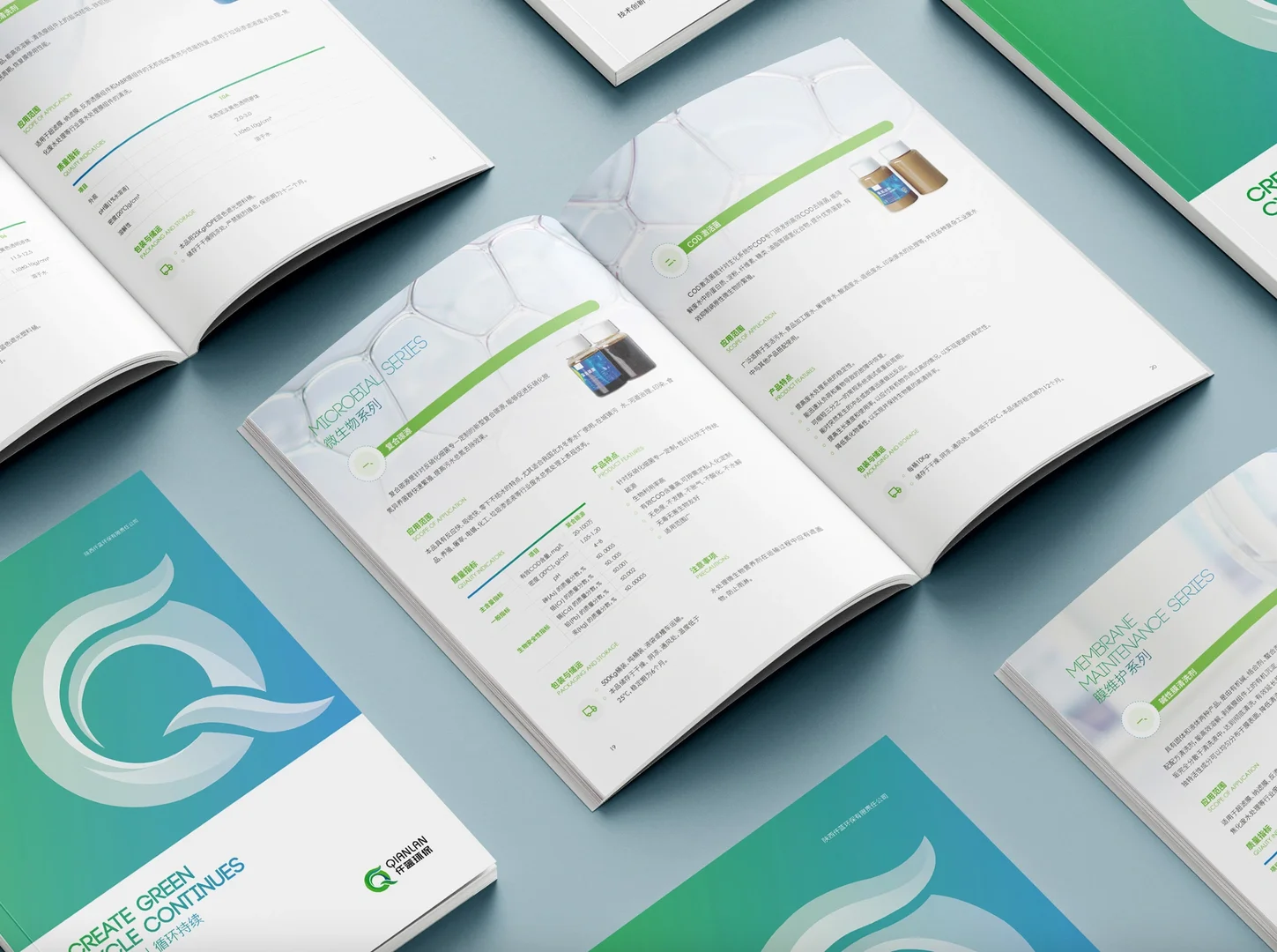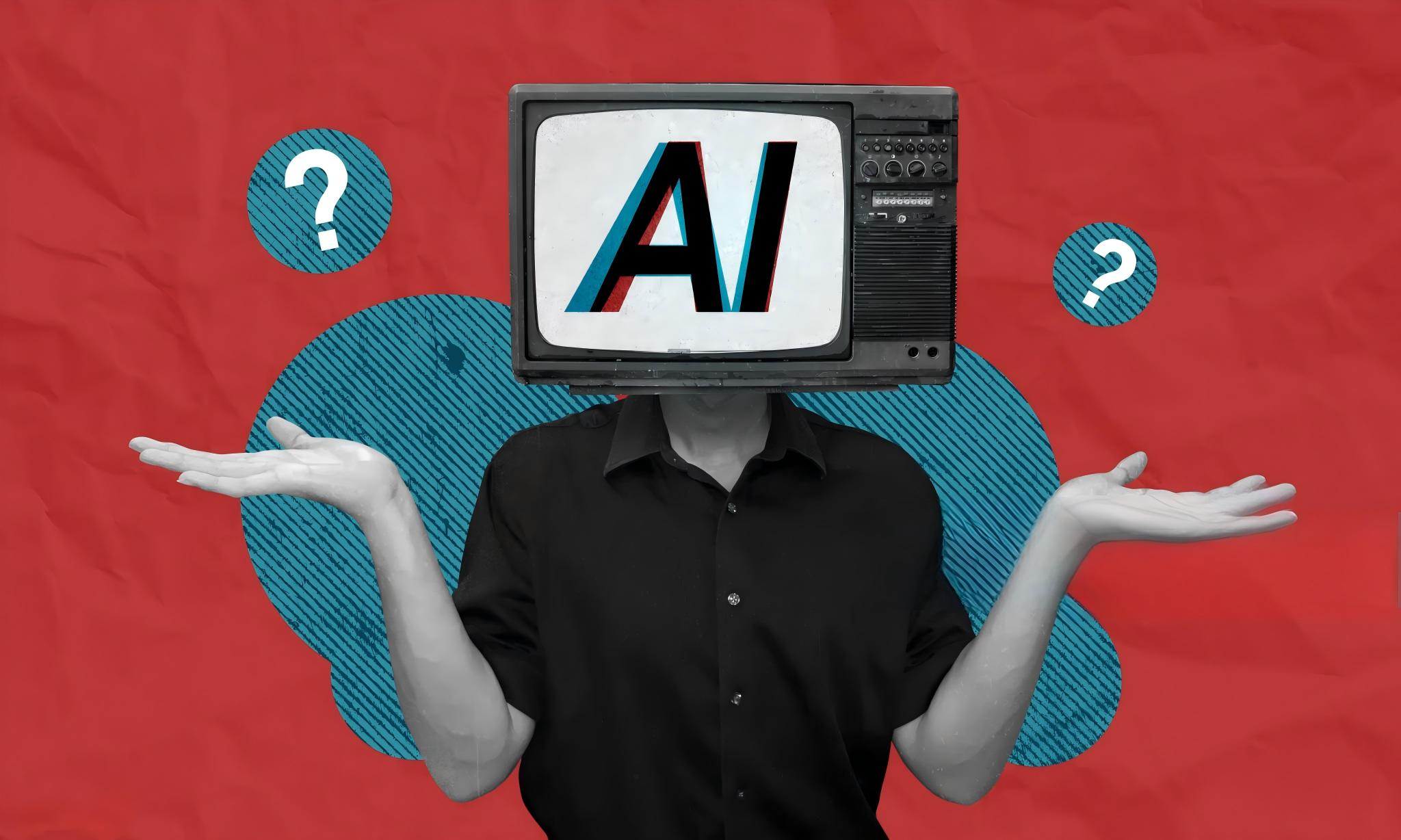If you've ever dipped a toe into the translation industry, you've probably stumbled across a blizzard of acronyms and buzzwords that make even seasoned pros pause. Terms like i18n or TEP aren't just shorthand—they're the building blocks of how global content gets adapted for audiences worldwide. This glossary pulls together the essentials, breaking them down with real-world context and backed by solid data from industry reports. Whether you're a content creator eyeing international markets or a project manager wrangling multilingual teams, understanding these can save time, cut costs, and boost effectiveness. Let's dive in, starting with the fundamentals and working through the key players.
Core Concepts: The Foundation of Translation and Localization
Translation and localization aren't interchangeable, though they're often lumped together. Translation focuses on converting text from one language to another, while localization adapts that content culturally—think adjusting idioms, currencies, or even humor to resonate locally. According to the Nimdzi 100 report, the language services industry hit $71.7 billion in 2024 and is on track to reach $75.7 billion in 2025, driven largely by demand for sophisticated localization in tech and media. This growth underscores why mastering these terms matters: businesses investing in proper localization see revenue boosts of up to 1.5 times, per Common Sense Advisory studies.
Internationalization (i18n)
This is the prep work before any translation even begins. i18n—short for "internationalization," with 18 letters between the 'i' and 'n'—involves designing software, apps, or content so it's easy to adapt for different languages and regions. Think flexible date formats (MM/DD vs. DD/MM) or expandable text fields to handle longer translations, like how German words can balloon compared to English. Without solid i18n, localization costs skyrocket. Fortune Business Insights projects the global language services market to grow from $76.24 billion in 2025 to $127.53 billion by 2032 at a 7.6% CAGR, much of it fueled by i18n in digital products.
Localization (l10n)
l10n stands for "localization," counting the 10 letters in between. It's the process of tailoring content to fit a specific market's cultural, linguistic, and regulatory nuances. Beyond mere translation, it might involve swapping out images (e.g., avoiding pork references in Muslim-majority regions) or tweaking UI elements for right-to-left languages like Arabic. In gaming, for instance, l10n ensures jokes land and references feel native. With e-commerce exploding globally, effective l10n can increase conversion rates by 70%, as highlighted in CSA Research findings.
Locale
A locale is more than a language—it's a combo of language, region, and sometimes script or variant. For example, "en-US" (English, United States) differs from "en-GB" (English, United Kingdom) in spelling (color vs. colour) and measurements (miles vs. kilometers). Tools like these help developers target precisely, avoiding one-size-fits-all blunders that alienate users.
Tools and Technologies: The Tech Behind the Trade
Modern translation isn't done with pen and paper; it's powered by software that streamlines workflows and maintains consistency.
CAT Tool (Computer-Assisted Translation Tool)
CAT tools are software platforms that aid human translators by breaking text into segments, suggesting matches from past work, and integrating glossaries. Popular ones like SDL Trados or MemoQ aren't AI translators—they enhance efficiency. A study from Slator notes that CAT adoption has surged, contributing to the $31.7 billion language transformation market in 2025. They can cut translation time by 30-50%, making them indispensable for large-scale projects.
Translation Memory (TM)
TM is a database that stores previously translated segments (sentences or phrases) for reuse. When a similar phrase pops up, the TM suggests a "match," saving effort and ensuring consistency—crucial for brands like legal docs or user manuals. Fuzzy matching, a subset, handles near-misses (e.g., 85% similar text). Industry data shows TMs reduce costs by up to 60% on repetitive content, per Nimdzi insights.
Translation Management System (TMS)
A TMS oversees the entire workflow: from assigning tasks to tracking progress and integrating with CAT tools. It's like project management software tailored for languages. For enterprises handling dozens of languages, a TMS can slash administrative time by half, supporting the sector's push toward automation.
Machine Translation (MT)
MT uses AI to translate text automatically, like Google Translate or DeepL. It's fast but often needs human post-editing for nuance. The MT market is booming, expected to hit $706 million in 2025 from $678 million in 2024, according to Tomedes reports. While great for gisting, it's no substitute for human touch in creative fields.
Processes and Quality Control: Ensuring Excellence
Quality isn't accidental—it's built into structured steps.
TEP (Translation, Editing, Proofreading)
TEP is the gold-standard workflow: first translation by a linguist, then editing for accuracy and flow, followed by proofreading for typos and formatting. This three-step rigor catches errors that solo efforts miss. In high-stakes industries like pharma, TEP compliance is non-negotiable, aligning with ISO standards that govern much of the $75.7 billion 2025 market.
Post-Editing
After MT generates a draft, post-editing refines it. Light post-editing fixes basics; full dives deeper for style. As AI improves, post-editing roles are growing, with experts predicting it will handle 50% of translations by 2030.
Transcreation
This goes beyond translation—it's creative adaptation, often for marketing or ads. A slogan that sings in English might flop elsewhere without reimagining it culturally. Think Coca-Cola's campaigns, customized per market for maximum impact.
Concordance Search
In CAT tools, this lets translators search TMs for how specific terms were handled before, promoting consistency across projects.
Fuzzy Matching
As mentioned under TM, this identifies partial matches (e.g., 70-99% similarity) and suggests edits, speeding up work without starting from scratch.
Advanced and Emerging Terms
GUI (Graphical User Interface) Localization
Adapting software interfaces, including buttons and menus, to fit new languages without breaking layouts—vital for apps where text expansion can cause overflows.
API (Application Programming Interface) in Localization
APIs connect tools like TMS with content systems (e.g., CMS), automating pulls and pushes of text for translation. They're key in agile dev environments.
Wrapping up, these terms form the backbone of an industry that's not just growing but evolving with tech like AI and neural MT. If you're tackling a project, starting with a strong grasp here can make all the difference. For hands-on expertise, firms like Artlangs Translation stand out—they've honed skills across 230+ languages over years of specializing in translation services, video localization, short drama subtitle localization, game localization, multilingual dubbing for audiobooks, and multilingual data annotation and transcription, backed by a wealth of successful case studies and deep experience.











